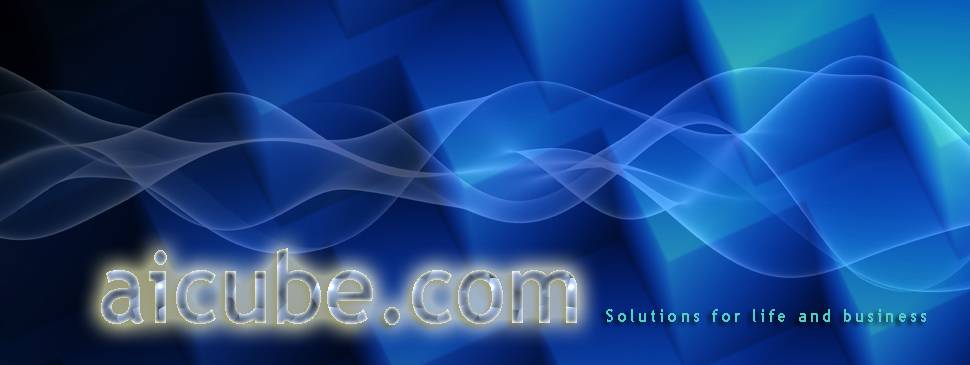These days it seems that everyone has a fancy camera around their neck. However, many of these would-be Ansell Adamses know little more than how to set it to auto. In reality, digital photography requires an intimate technical knowledge. For those without the time, or patience, to understand it all, here are a few key things to remember.
Pixels
Pixels refer to the tiny little dots that make up a photo and how many of those are in an inch. The more megapixels a camera gets, the better the photo’s potential print quality. A camera with even just 2 to 3 megapixel capabilities can produce beautiful and crisp 4”x6” photos. Today, even low-end consumer cameras are usually outfitted with at least 5 to 7 megapixels.
White balance
There are two basic types of light: daylight and tungsten. Daylight is just that, light created by the day. Tungsten light is standard non-fluorescent indoor lights. Photos shot indoors that are not properly adjusted look yellow, and outdoor shots set for indoor lighting have a blue cast.
ISO
ISO refers to the amount of light that is needed for a photograph to expose. It should be left set at auto on most handheld consumer cameras. Low ISO numbers equate to a sharper image while higher numbers may look grainy unless post-processed correctly.
File types
There are three basic file types used in print. The most common, JPEG, is fine for most photographers. TIFF is a larger file good for editing photos, as editing and re-saving a JPEG can degrade the file. RAW (or in Nikon cameras, NEF) files are extremely large image files that most shutterbugs never use nor have sufficient memory to store, unless they are professionals.
Shutter speed and aperture
For those who make the leap to a higher-end DLSR camera, shutter speed is another common term. The speed that the shutter closes is only important when combined with the aperture.
In digital photography aperture simply refers to a little circle inside the camera that allows light to pass through to the sensor. A larger aperture means that more light enters the camera. Aperture and shutter speed work together to determine how quickly and efficiently an image is captured. Sports photographers typically use a fully open aperture with an extremely fast shutter speed to capture action shots without motion blur.
Focus points
When a camera focuses, it finds one or more spots on the image that will be clearer than others. How much clearer is determined by aperture, shutter speed, movement, etc. Pocket cameras may have one or two focal points while professional cameras can have dozens.
Body
DLSR cameras come in two pieces—the lens and the body. The lens is what determines the focal length (how far away the camera can get a clear shot), while the body handles the other aspects of imagery. Many cameras have a built-in motor to help the lens focus faster while others require the motor be built inside the lens in order to focus automatically.
While not a comprehensive guide to digital photography, the above points should clear some mysteries and misconceptions for the beginner. Many major camera manufacturers including Nikon, Sony and Canon offer a moderately priced and extremely user-friendly model of their higher-end cameras. These cameras are scaled down without as many manual controls as most professional grade bodies that offer interchangeable lenses for a variety of functions.
The most important thing to remember is that photography is an art like any other and should only be judged by the personal satisfaction of the photographer or the ones who commissioned the images.







Leave Your Response